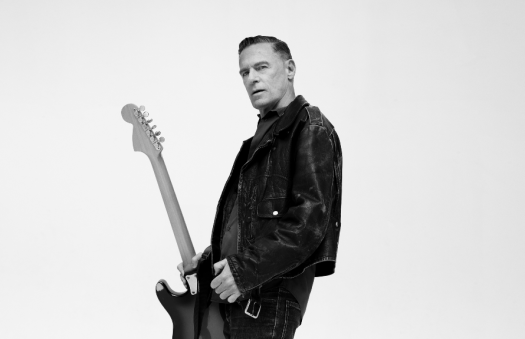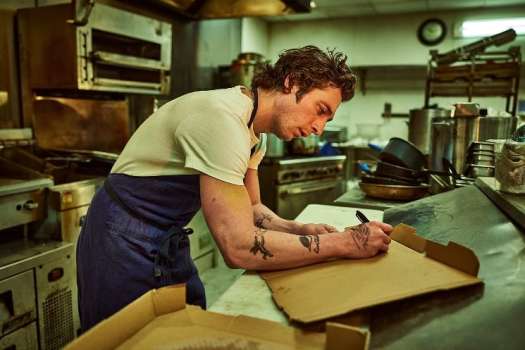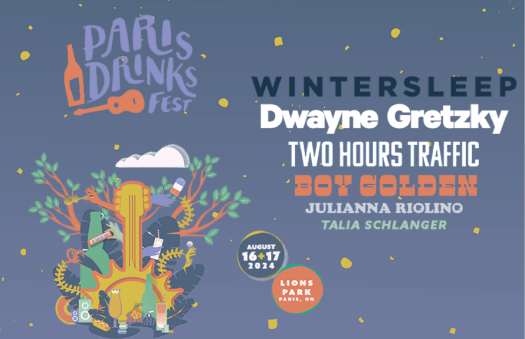It's tough work developing a sound-based vocabulary on an instrument such as the piano. Not unlike her mentor, guitarist Fred Frith, Chan is endlessly imaginative in her use of various external objects in conjunction with the piano's strings and body, dreaming up a wealth of new timbres one would never associate with the instrument. She coaxes an array of hums, roars and buzzes, layering those sounds with painterly melodic fragments. Frequently using the whole instrument as a massive reverberator, she's just as likely to unexpectedly hit the off-switch, leaving the sounds bare and dry. Her assertive tone and wide palette can approach Zeena Parkins' brutish harp playing on Nightmare Alley, Yet Chan complements more violent gestures with, or even transforms them into, smoother refined shapes as well. The tearing shrieks of "Burbles," for instance, somehow dissolve into ghostly choirs of rubbed strings. Elsewhere, her magic touch produces ambient vignettes such as the elusive "Five Hundred Echoes." Using e-bows (electromagnets) to create a bed of singing tones, she plucks gently at other notes. Even bearing in mind prior pianistic innovators - John Cage, Henry Cowell, etc. - Charity's voice remains fresh and lyrical.
How did you conceive of the pieces on this disc?
The pieces for this album were improvised, although I had some preconceived structures for some of them. In some cases, there were combinations of objects or techniques that I wanted to place together or feature.
Which musicians inform your unique approach? I hear a bit of Zeena Parkins and Charlemagne Palestine.
I listen to a wide variety of music, from indie pop rock to avant-garde to free improv. I've actually always been fascinated by saxophonists and percussionists, including Jean Derome, Joane Hétu, Frank Gratkowski, Lê Quan Ninh, and Roscoe Mitchell. Their sensitivity and control, particularly over timbre, have led to some of the most entrancing performances I can remember. Along the same lines of creating an effect of layered and interacting sounds, Zeena Parkins' solo improvisations and Charlemagne Palestine are definitely at the top of my list. Living in Montréal, one of the best things was hearing all the local musicians - there was a concert of improvised music every night of the week. Everyone was open and supportive, and some of the most important things I have learned were from them. My first introduction to improvisation though was when I was a student at WLU studying with Heather Toews and watching my friends play together.
You tend to use a lot of objects inside the piano but it never feels gimmicky.
Two important factors for me are how easy it is to use an object and how readily I can reproduce the sound it makes. My favourite items are mallets - timpani mallets are a must - singing bowls, an e-bow, or two, and something called gorilla snot - for guitarists to hold their picks. I also just play with my hands inside the piano. I think of the objects in the same way I do the keyboard - the objects act almost as an extension of me. It's easy to make "different" sounds but learning to understand them in the same way as conventional ones is the most interesting aspect about that approach.
(Ambiances Magnétiques)How did you conceive of the pieces on this disc?
The pieces for this album were improvised, although I had some preconceived structures for some of them. In some cases, there were combinations of objects or techniques that I wanted to place together or feature.
Which musicians inform your unique approach? I hear a bit of Zeena Parkins and Charlemagne Palestine.
I listen to a wide variety of music, from indie pop rock to avant-garde to free improv. I've actually always been fascinated by saxophonists and percussionists, including Jean Derome, Joane Hétu, Frank Gratkowski, Lê Quan Ninh, and Roscoe Mitchell. Their sensitivity and control, particularly over timbre, have led to some of the most entrancing performances I can remember. Along the same lines of creating an effect of layered and interacting sounds, Zeena Parkins' solo improvisations and Charlemagne Palestine are definitely at the top of my list. Living in Montréal, one of the best things was hearing all the local musicians - there was a concert of improvised music every night of the week. Everyone was open and supportive, and some of the most important things I have learned were from them. My first introduction to improvisation though was when I was a student at WLU studying with Heather Toews and watching my friends play together.
You tend to use a lot of objects inside the piano but it never feels gimmicky.
Two important factors for me are how easy it is to use an object and how readily I can reproduce the sound it makes. My favourite items are mallets - timpani mallets are a must - singing bowls, an e-bow, or two, and something called gorilla snot - for guitarists to hold their picks. I also just play with my hands inside the piano. I think of the objects in the same way I do the keyboard - the objects act almost as an extension of me. It's easy to make "different" sounds but learning to understand them in the same way as conventional ones is the most interesting aspect about that approach.




